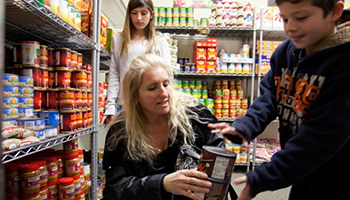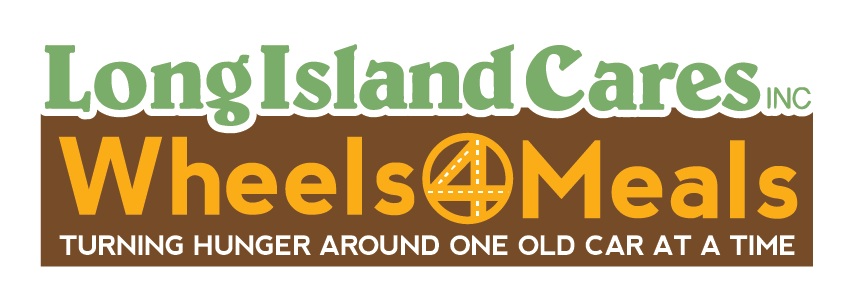HUNGER ON LONG ISLAND
Food-deprived families may be closer than you think.
The faces of hunger on Long Island have changed dramatically in recent years. Many pantries and soup kitchens are seeing more people who, years after the start of the “Great Recession”, are still unemployed or underemployed. Economically strapped Long Islanders are being joined by veterans, seniors, the disabled, and those trying desperately to hold on to their homes and remain on Long Island.
The stereotype that people receiving food stamps earn less than $22,000 a year is simply not an economic reality. Families earning more than three times that are among working poor people on Long Island. Federal cuts to the food stamp benefit program have only worsened the hardship. Since the initial cuts, local pantries have cited an increase of between 10 percent and 25 percent in the number of people seeking help. Food banks across the country that have historically provided emergency food assistance, are now providing more ongoing food and supplies, trying to keep families fed while assistance levels decrease. With more than 320,000 Long Islanders — including 118,000 children — in need of food assistance, the burden continues to grow.
The economy is still forcing many to make difficult choices, as people with limited incomes continue to struggle on Long Island. L.I. Cares is on the front lines everyday battling to break the cycle of poverty and improve conditions for our growing number of working poor people.
The organization has put together a list of eye-opening statistics concerning the startling hunger problems facing Long Island. Here are some of the disturbing findings:



- Nearly 285,000 people on Long Island receive emergency food each year – about 65,000 people every week.
- 74% of the Long Island households served by emergency food programs such as those of L. I. Cares are food insecure.
- 39% of Long Islanders who receive emergency food are children under 18 years old— among the largest single population of hungry.
- Children who are hungry are more likely to experience behavioral issues, impaired cognitive learning – even permanent brain damage.
- Approximately 70% of those who are hungry on Long Island are from minority populations who face education, language and employment barriers.
- 48% of those receiving emergency food assistance are the “working poor”— households that include at least one employed adult. Of these, 63% have monthly incomes below the federal poverty level— often having to choose between paying the rent or utilities and paying for food.
- The effects of hunger on the working poor range from lack of stamina and increased illness – which increases missed work time – to feelings of hopelessness and despair.
- The elderly make up 4% of Long Island’s hungry. Seniors are among the hungry for many reasons, including not having enough income to afford nutritious food, suffering from depression and loneliness or experiencing the side effects from multiple medications, which can decrease the desire to eat.
- Seniors who are hungry experience depression and anxiety. They are also at increased risk for illness, disease, and even premature death.
- About 6 percent of Long Islanders receiving food assistance are homeless and are made up of individuals who are the victims of abuse or have been forced out of closed institutions.
- Many of these individuals are also mentally, physically, emotionally or socially disabled, and face limited employment opportunities, additional barriers and/or may have difficulty feeding themselves.
- Food banks are by far the single most important source of food for agencies with emergency food providers, accounting for 69% of the food distributed by pantries, 39% of the food distributed by kitchens and 45% of the food distributed by shelters.
Donation Processors Alliance is proud, and privileged, to support the critical work of this important, life-sustaining organization. Over the past twenty years our bond, and our commitment, has been strengthened, as we’ve seen, first hand, how struggling Long Islanders have benefitted from their services… and your generosity. Our efforts and goals can only be achieved through the ongoing donations we receive from charitable friends and neighbors. The response has been heartwarming. As the name suggests… Long Island does care.
Newsletters
Get updates of Wheels For Meals news and events.
